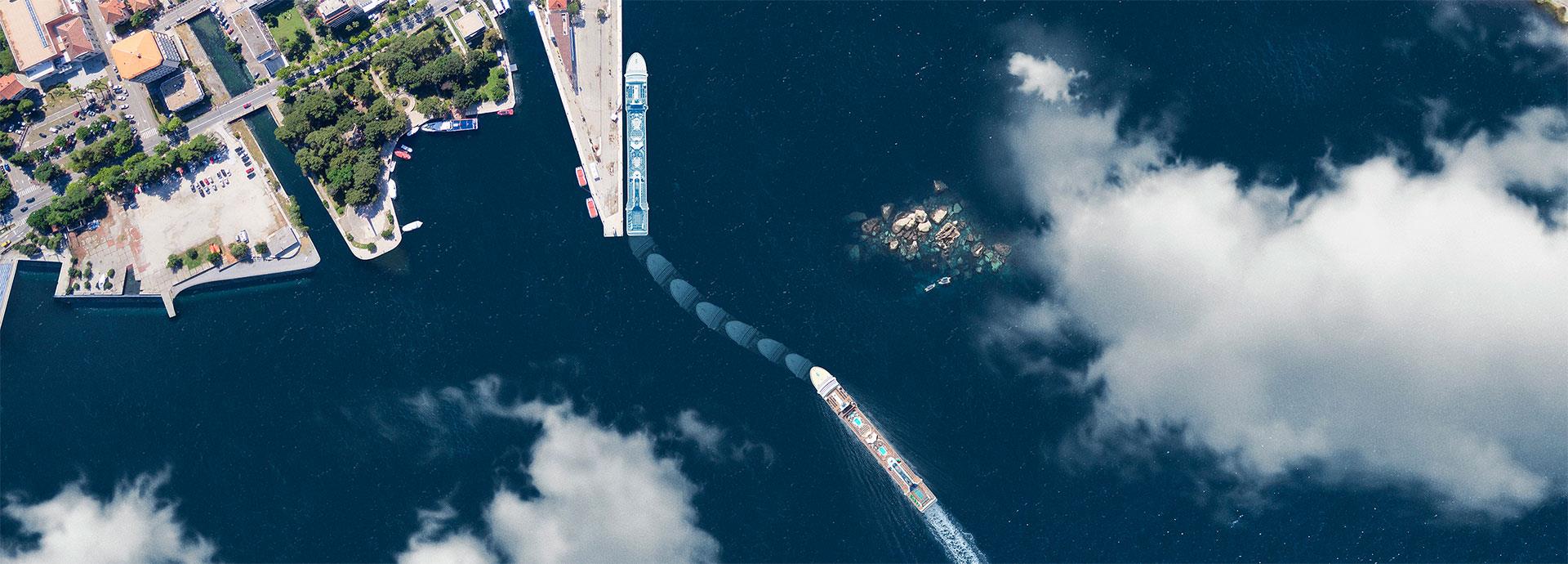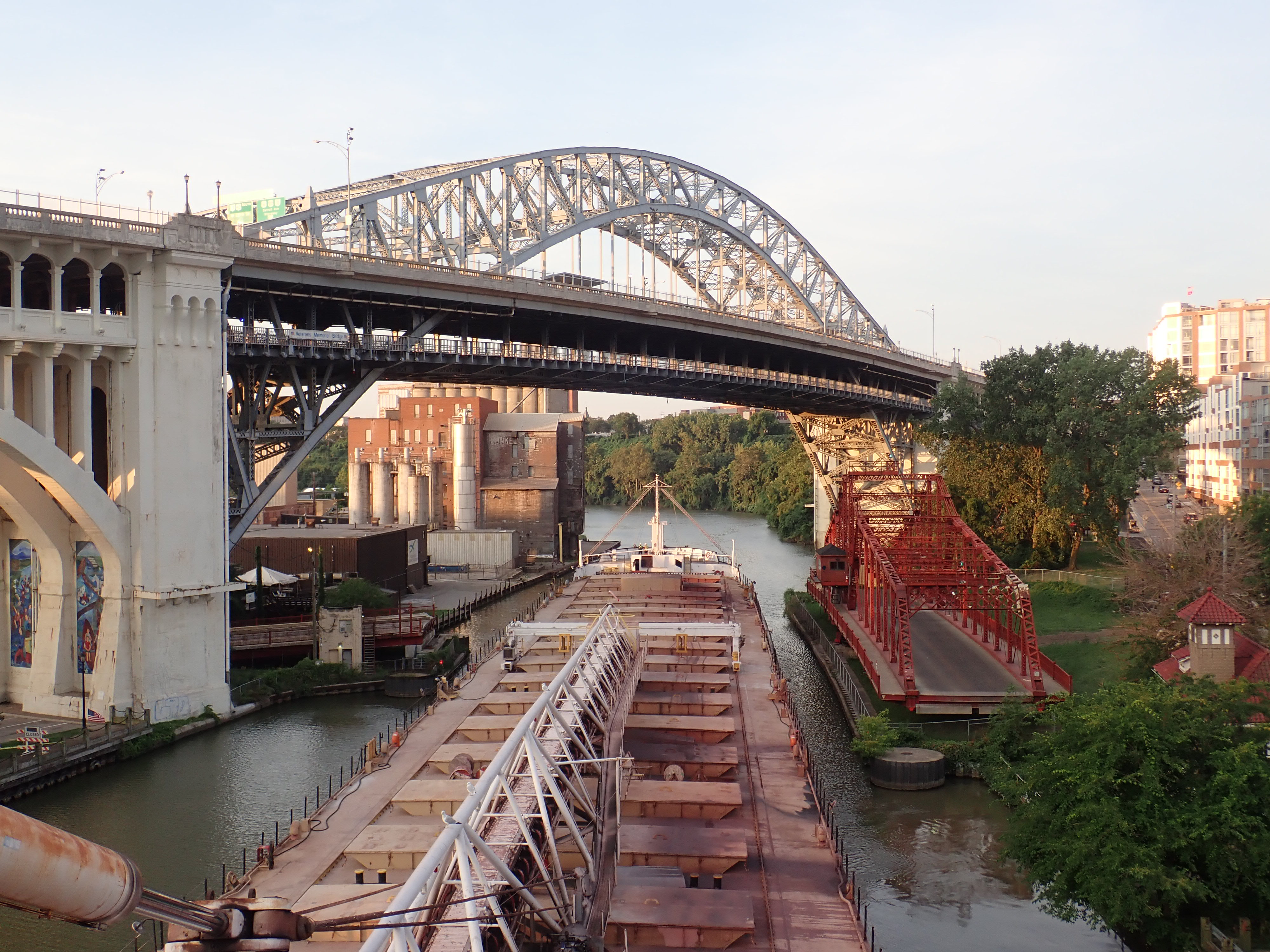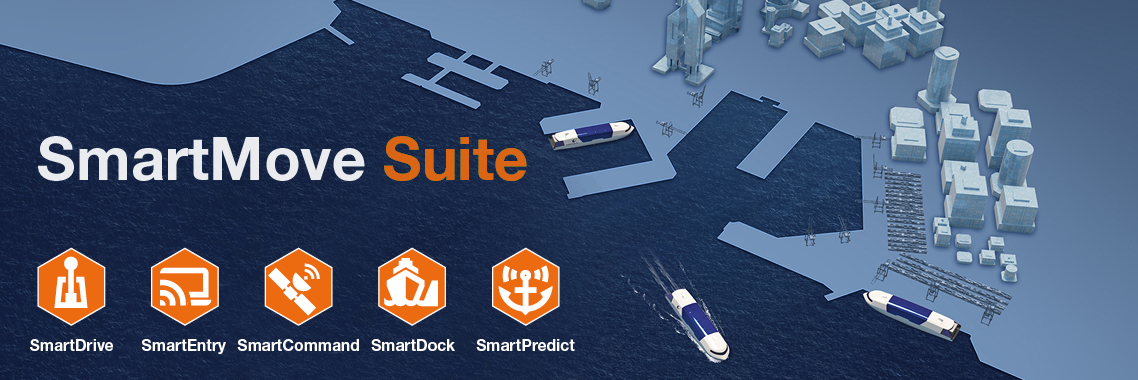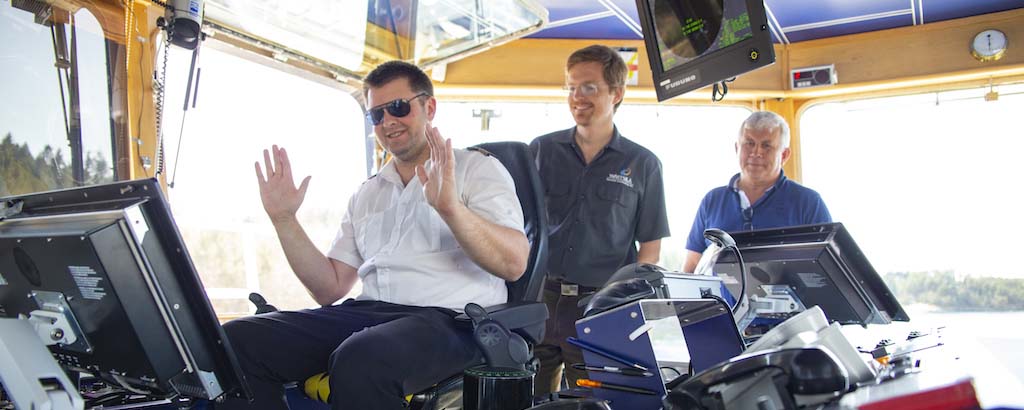

A ship that can take you home at the click of your heels may be many years away, but the ability to precisely control autonomous vessels is not as distant as you might think.
As shipping follows its yellow brick road to greater safety, efficiency and environmental performance, vessel autonomy has an almost magical appeal. But like the Wizard of Oz himself, the reality may be less fantastical than it seems. As with the lion’s courage, the scarecrow’s brain and the tinman’s heart, many of the things shipping will need to make vessel autonomy happen have been there all along – including some of the technologies for translating autonomous decisions into real ship movements.
Action and Control represent the third building block of Wärtsilä’s approach to smart autonomy alongside Situational Awareness and Decision Making and Logic. It is how ship systems execute navigational decisions and while applications are becoming more advanced, automated control already has a long maritime heritage, explains Mike Ford, Sales Manager at Wärtsilä Dynamic Positioning.
Dynamic positioning has been around for 60 years. That's where these controllers come from and that's what is leading the way to autonomy.
- Mike Ford, Sales Manager at Wärtsilä Dynamic Positioning
“We're just pushing what we can do, so instead of just maintaining station for operating ROVs or working alongside oil rigs, we're adding more complicated functionality. It's the same technology repurposed.”
The installation of Wärtsilä’s Smart Move technologies on the Lake bulker ASC American Courage is one recent example. The 600-foot vessel now manoeuvres from dock-to-dock six miles down the narrow, winding Cuyahoga River under autonomous control. The American Courage is not just the biggest vessel so far to undertake automated dock-to-dock sailing, it is also a perfect display of Wärtsilä’s modular approach to autonomy; owner Rand-American Steamship Co was able to select the level of automation it needed for its particular application.

“The controls follow very precise waypoints up the river and the captain can speed up or slow down the process. There is no autonomous decision making. That works very well in a river with limited depth and clearances. For example, the vessel goes backwards down the river in this case because it would take more time to turn the vessel around at each end. And we’ve shown that even going backwards the system can perform at least as well as the captain.”
The deployment of automated action and control without reliance on autonomous decision making is crucial in understanding how autonomy can be truly modular. The elements can be introduced as needed and in any order, depending on the benefit the shipowner is seeking. But why would a ship operator want to automate control of navigation? According to Ford, the answer is simple: repeatability.
Repeatability brings efficiency. You have less deviation because you are no longer relying on the captain having to think through the process; the computer hits it the same way every time. It takes the same amount of time every operation.
- Mike Ford, Sales Manager at Wärtsilä Dynamic Positioning
Automated control also brings safety benefits. In the future, these solutions will be essential to fill in for humans once they have left the control loop. Today, they can already help to reduce crew fatigue and minimise human error. That benefit will become increasingly important as ships become bigger and more complex, with evolving autonomous controls compensating, making operating the ship simpler.
The American Courage installation was the first commercial deployment of Wärtsilä’s SmartMove suite, a set of navigational tools that advance the concept of automated dock-to-dock operations. Fully retrofittable, the SmartMove Suite can upgrade existing vessels with next-generation capabilities to improve safety, efficiency and productivity. The technologies, including advanced sensors and ship control systems, enable navigation officers to perform at a higher level.
As the interface between the crew and the vessel, SmartMove controls need to be intuitive and simple. As Ford says: “At that critical moment where you have to make a big decision on something that could be risky for your vessel, would you rather have two buttons to choose from or forty-seven buttons on three different layers?”

Wärtsilä worked with ergonomics and control experts to develop a suite of controls that are clearly presented and easy to use. They are also among the only marine controls to be built specifically for touch screen operation, meaning that seafarers familiar with smartphones will have an intuitive understanding of how they work – as well as making for a quicker function than pushing a button on a panel and then looking at a screen.
The controls deployed by SmartMove modes take automated Action and Control a step beyond the long-established dynamic positioning controls.
“We have proven all the pieces, now it's about bringing then to the forefront,” says Ford. “We're already deploying them onboard vessels making use of automated modes. Next we’ll bring in remote control, which we have already proven in a couple of different instances, gradually enabling the operator to be positioned further away from the vessel.”
The transition from automated controls to remote control will happen in small increments and will only be applicable in some cases. One may be short-distance ferries such as those where SmartMove controls were trialled, on the Norwegian ferry Folgefonn in 2019.

“That's the best initial application because you have a repeatable route. So instead of having unreliable timeframes, we know it will always dock at a predictable time.”
As you look at decarbonisation and reducing emissions, this [docking at a predictable time] is important since you are using a set amount of power because the automated control system that keeps it repeatable.
- Mike Ford, Sales Manager at Wärtsilä Dynamic Positioning
“There is a lot of ferry infrastructure that can be made more efficient in that way.”
Precise automated controls can be used on their own to enhance the safety, efficiency and environmental performance of vessels. Or they can be integrated with situational awareness and decision-making systems to maximise the benefits of autonomy. To return to the Wizard of Oz, it may still take more than a click of your heels to reach Kansas, but a few clicks on a SmartMove touchscreen can already get you heading in the right direction.





.tmb-448x262.jpg?Status=Master&Culture=en&sfvrsn=10a78c44_1)
.tmb-448x262.png?Status=Master&Culture=en&sfvrsn=b8ed9844_1)